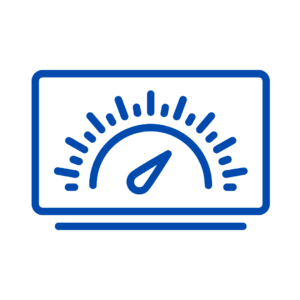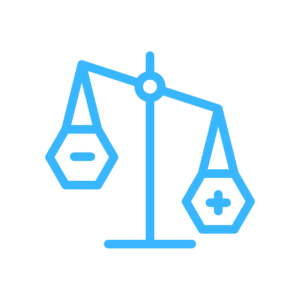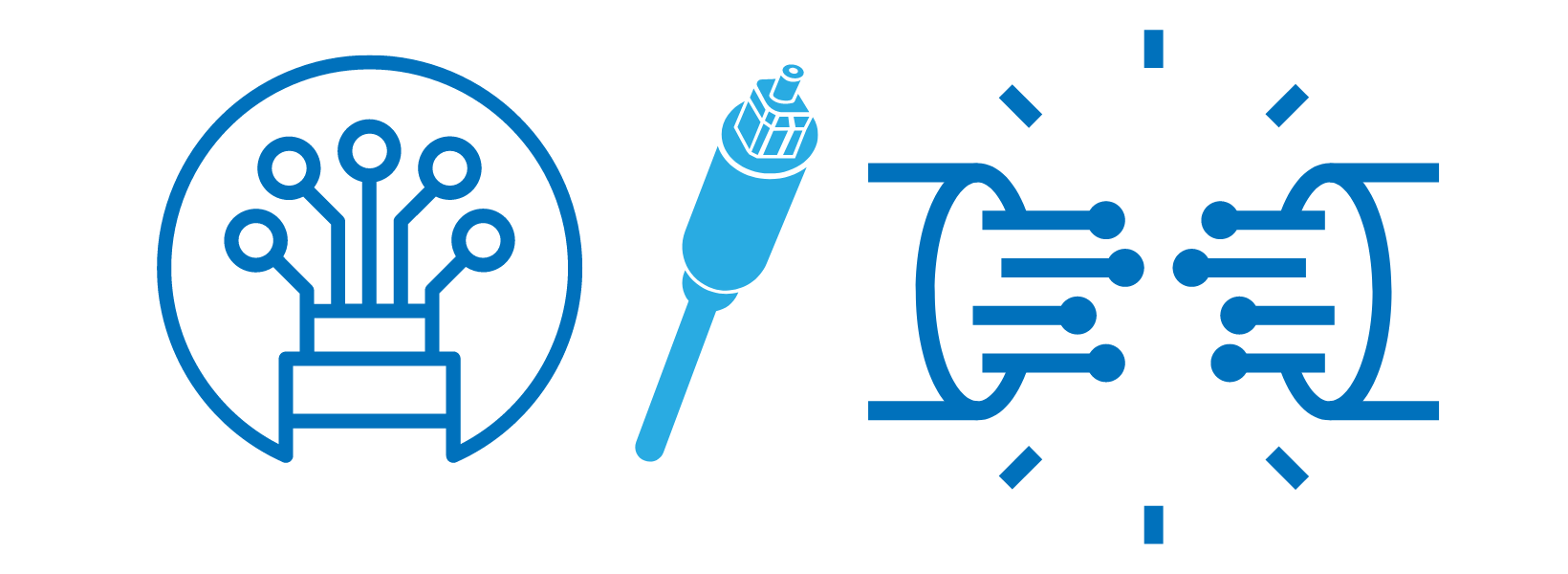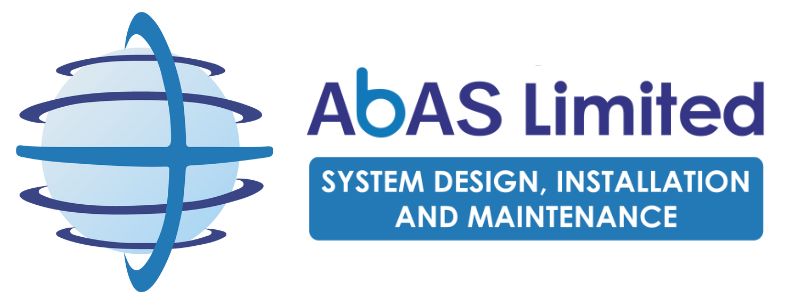FIBER OPTIC SOLUTIONS
Fiber optic installation offers higher-performance networking for your business. This delivers higher bandwidth capacity, electromagnetic immunity, and reduced signal loss as compared to copper cables.
We provide fiber optic fusion splicing, cable repair and regular audits of your network to ensure the integrity of your fiber optic cables. Enjoy boosted data transmission rates and greater productivity within your company!
What are Fiber Optics?

Fiber optics is a technology that uses optical fibers to transmit data as light signals, delivering high bandwidth, electromagnetic immunity, and low signal loss. Both indoors and outdoors, fiber optic cables are deployed to serve a wide range of applications, from communications to medical imaging.
Globally, the deployment of fiber optic cables has been rapidly increasing as the demand for high-speed and reliable data transmission, via optical fiber, continues to grow.
Advantages of Fiber Optic Networks
Fiber optic cables are a preferred choice over the traditional copper due to the promise of a reliable service.
If you’re building a long-distance network or require heavy bandwidth and high speeds, then fiber optic cables are the clear choice. Although a greater upfront investment is often required with fiber optics cables, carrying pulses of light rather than electrical pulses creates a secure and more efficient service.
The advantages of fiber optics are high bandwidth, electromagnetic immunity, low signal loss/attenuation, security, and less weight.

High Bandwidth
Fiber optics provide significantly greater bandwidth compared to copper wires, which results in faster data transmission. This is because an optical fiber uses light signals to transmit data, which have much higher information-carrying capacity, as compared to copper wires, which use electrical signals.
More specifically, light signals have frequencies measured in terahertz (THz), while electrical signals, in the form of analog or digital signals, have frequencies that range from megahertz (MHz) to gigahertz (GHz). Since bandwidth is proportional to the frequency range of the optical signals, optical fiber is able to carry significantly more information, which translates into terabits per second (Tbps) of capacity.

Electromagnetic Immunity
Optical fiber is made of dielectric material, meaning it is immune to electromagnetic interference (EMI) from electricity. In contrast, EMI is a major issue in copper wires because they are metal and conduct electricity, which can lead to signal degradation or corruption due to electrical “noise”.
Advantages of optical fiber having electromagnetic immunity are lower bit error rates (BERs), elimination of ground loops, reduction in signal distortion, and strong resistance to crosstalk interference. Additionally, because of optical fiber’s electromagnetic immunity, fiber optic cables can be placed near high-voltage power transmission lines, generators, or railway lines without any effect on data transmission, whereas copper wires cannot.

Low Signal Loss/Attenuation
Optical fiber has low signal loss (attenuation) because light signals can travel longer distances with minimal degradation, as compared to copper wires, which carry electrical signals. The reason for this characteristic is that light signals in optical fibers are much less susceptible to interference and degradation than electrical signals in copper wires – which suffer from issues such as electrical resistance and electromagnetic interference.

Security
Optical fibers are more secure from potential malicious interception due to their composition of dielectric material, rendering it challenging to tap into the fiber without disrupting communication. Although tapping into optical fibers is possible, it results in signal loss (attenuation), which is detectable.
Importantly, fiber networks can be constantly monitored for increases in signal loss, which could indicate the presence of taps. On the other hand, copper wires, which radiate electrical signals, are more vulnerable to unobtrusive tapping.

Less Weight
Fiber optic cables are significantly lighter than copper wires, weighing about 4 pounds per 1,000 feet, as compared to copper wires, which weigh nearly 10 times that amount. This light weight of fiber is particularly important during installation, as smaller fiber optic cable reels can be easily carried by the installation crew, allowing for more fiber to be installed in a shorter span of time. Furthermore, fiber optic cables can be run above drop ceilings and attached to a building’s slab without causing structural damage or impairing the load factor of the building.
Fiber Optic Networking Best Practices

At ABAS Ltd our networking teams always follow best practices for a safe and efficient fiber optic cable installation.
These include:
- Building a road map and determining how much cable is required – remember we don’t want these cables to be pulled too tightly.
- Building a port map to identify what each port connects to.
- Checking the cable’s tension and pull loads and stay within these limits
- Not twisting the cables as this can damage the delicate fibers within.
ABAS Ltd's Fiber Optic Services can increase speed and reliability of data transmission throughout your business

Contact us for a consultation
We can discuss your specific business needs and factors and formulate a solution that meets your requirements and budget.
